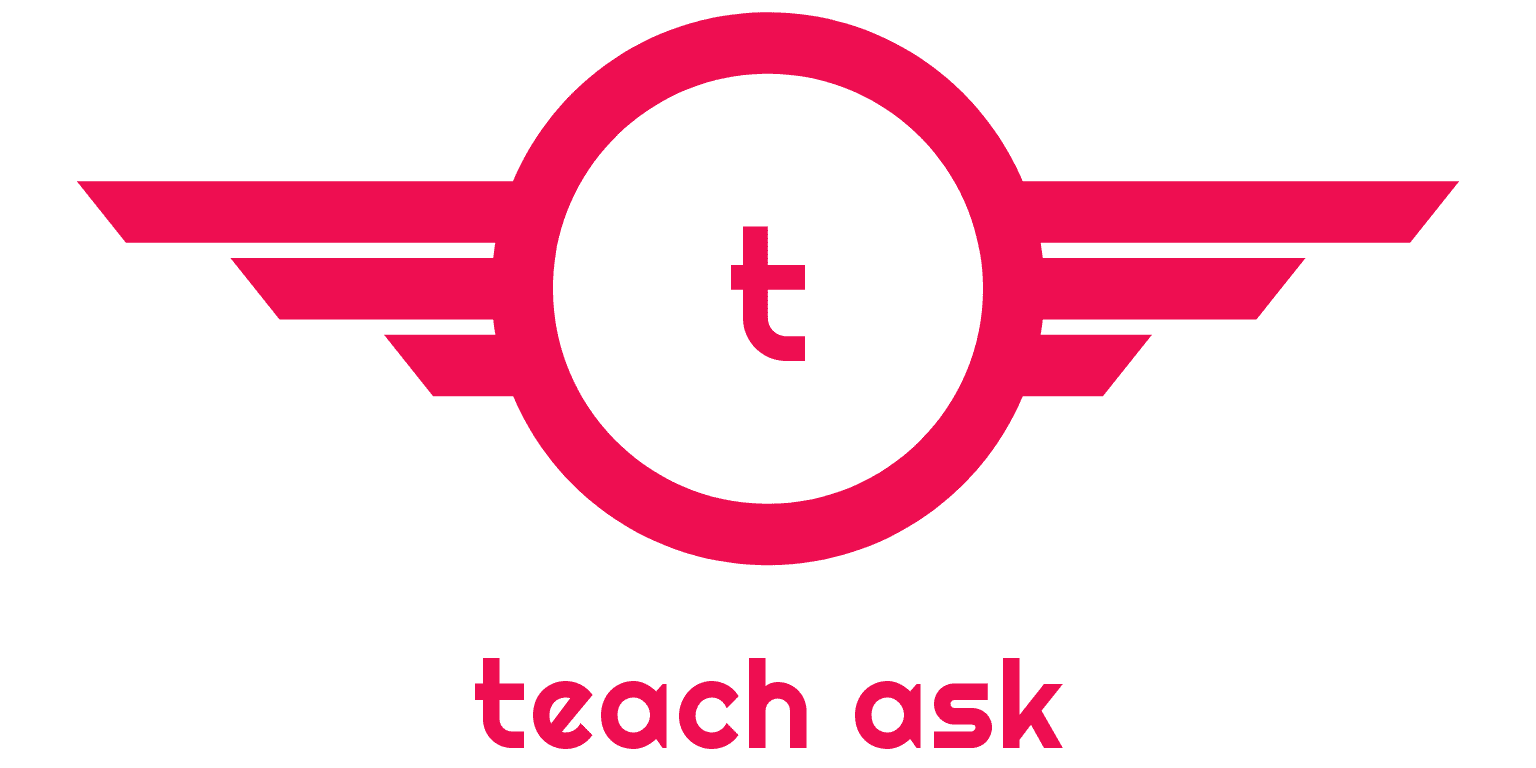Introduction to html
Labels
- IMPORTANT POST LINK
- NeWS
- Reasoning
- Shortcut Keys
- Solar System
- Teachask
- blogging
- business
- chemistry
- class 10
- class7
- computer
- cse
- english
- full form
- gk
- govt.job
- green india
- hacking
- health
- hindi grammar
- html
- important day
- internet
- math
- mcq
- mobile
- park
- physics
- science
- sports
- ssc
- story
- teahask
- techask
- technology
- tips
- youtube
MOST POPULAR POSTS:-

1000 common words in english with hindi meaning

Daily Use English Sentences SET-1 Useful 100+ Sentences

Environment (Protection) Act, 1986

MCQ Question of Machine learning

SUMMER TRAINING REPORT ON CORE JAVA UNDERTAKEN

SUMMER TRAINING REPORT ON JAVA

हैकर कैसे बने, हैकिंग कैसे सीखे Hacking Tips In Hindi

INTERNSHIP REPORT COMPUTER SCIENCE AND ENGINEERING java, phython html

computer network mcq questions

Data compression mcq
Contact form
Labels
popular post

Shifting Of Distribution Transformer Centre

इंटरनेट के प्रकार// internet types

Drying Out Procedure For Transformer

अव्यय (Indeclinable)की परिभाषा

कारक (Case) की परिभाषा

Visheshan(Adjective)(विशेषण)

लिंग(gender) की परिभाषा

प्रत्यय (Suffix)की परिभाषा

Application

मुहावरा (Idioms) की परिभाषा

Welcome to teachask . If you want to know about us, this thing is encouraging for us. Before you proceed we tell you a truth. Friends, today is the time of internet . The whole world is interlinked. The Internet has become a highway of information. On which the train named' website ' keeps carrying information. You can search content on almost any subject. You just think, write and search . With just these three steps you will get the material available on your desired subject. But in which language..? Now the question is, in which language is the content on the Internet? Friends, the rule of ' English ' still prevails on the Internet . It is not that information is not available on the internet in other languages. Apart from English, information is also available in some main languages of the world . These include our Hindi also. The main question is what is the existence of " Hindi & english on the web "? The truth is that the content in "Hindi on the Web" is negligible compared to English. And how much is the material that teaches computer and related techniques in Hindi content also ? This is where the problem starts. Because even today, Hindi speakers are unable to make maximum use of the resources available on the Internet. Like you, you want to learn computer and its related technologies sitting at home through the internet for free. But because of not knowing English, they are unable to take advantage of it. Friends, we have also faced the same problem. But like us, you do not have to face this problem. That is why we have started teachask .
top read post
- blogging
- business
- chemistry
- class 10
- class7
- computer
- cse
- english
- full form
- gk
- govt.job
- green india
- hacking
- health
- hindi grammar
- html
- important day
- IMPORTANT POST LINK
- internet
- math
- mcq
- mobile
- NeWS
- park
- physics
- Reasoning
- science
- Shortcut Keys
- Solar System
- sports
- ssc
- story
- Teachask
- teahask
- techask
- technology
- tips
- youtube
world popular post

Shifting Of Distribution Transformer Centre

Sankhya(Hindi Numbers)हिन्दी संख्याएँ

ज्ञान महत्वपूर्ण प्रश्नोत्तरी

20 महत्वपूर्ण प्रश्न सीरीज

Health Concerns Of EMI

जनरल केमिस्ट्री से जुड़े जेनरल साइंस के प्रश्न

चौथी स्टेज का कैंसर भी हो सकता है गाजर के जूस से ठीक, जानिए कैसे करता है मदद

महत्वपूर्ण भारतीय संविधान के Question answer

इंटरनेट के प्रकार// internet types

उत्तराखंड की राज्यपाल बेबी रानी मौर्य ने दिया इस्तीफा, जानें वजह💐
Recent post

Shifting Of Distribution Transformer Centre

इंटरनेट के प्रकार// internet types

Drying Out Procedure For Transformer

अव्यय (Indeclinable)की परिभाषा

कारक (Case) की परिभाषा

Visheshan(Adjective)(विशेषण)

लिंग(gender) की परिभाषा

प्रत्यय (Suffix)की परिभाषा

Application

मुहावरा (Idioms) की परिभाषा
most read post

+ Shifting Of Distribution Transformer Centre

+ इंटरनेट के प्रकार// internet types

+ Drying Out Procedure For Transformer

+ अव्यय (Indeclinable)की परिभाषा

+ कारक (Case) की परिभाषा

+ Visheshan(Adjective)(विशेषण)

+ लिंग(gender) की परिभाषा

+ प्रत्यय (Suffix)की परिभाषा

+ Application

+ मुहावरा (Idioms) की परिभाषा
Popular Posts

Java Tutorial For Beginners

1500 Computer Awareness Question

1000 common words in english with hindi meaning

Simple Present indefinite Tense Hindi To English Translation
Maths formulas for class 7

1500 Computer Awareness Question

इंटरनेट के प्रकार// internet types

हैकर कैसे बने, हैकिंग कैसे सीखे Hacking Tips In Hindi

TENSE

Daily Use English Sentences SET-2 Best 100+ Sentences
education most popular post

Java Tutorial For Beginners

1500 Computer Awareness Question

1000 common words in english with hindi meaning

Simple Present indefinite Tense Hindi To English Translation
Maths formulas for class 7

1500 Computer Awareness Question

इंटरनेट के प्रकार// internet types

हैकर कैसे बने, हैकिंग कैसे सीखे Hacking Tips In Hindi

TENSE

Daily Use English Sentences SET-2 Best 100+ Sentences
india most popular post

1000 common words in english with hindi meaning

Daily Use English Sentences SET-1 Useful 100+ Sentences

Environment (Protection) Act, 1986

MCQ Question of Machine learning

SUMMER TRAINING REPORT ON CORE JAVA UNDERTAKEN

SUMMER TRAINING REPORT ON JAVA

हैकर कैसे बने, हैकिंग कैसे सीखे Hacking Tips In Hindi

INTERNSHIP REPORT COMPUTER SCIENCE AND ENGINEERING java, phython html

computer network mcq questions



0 Comments